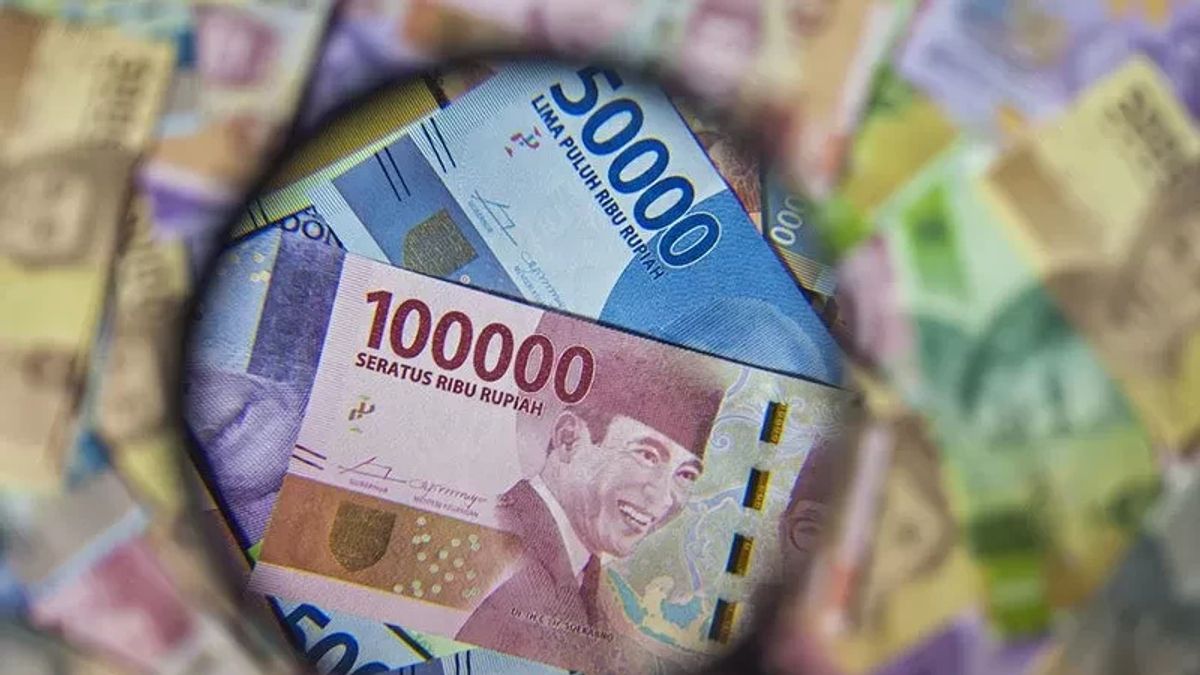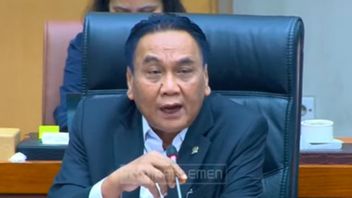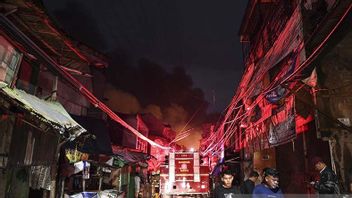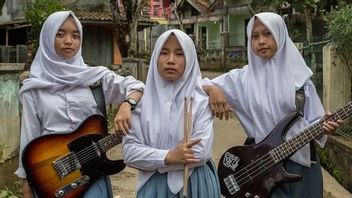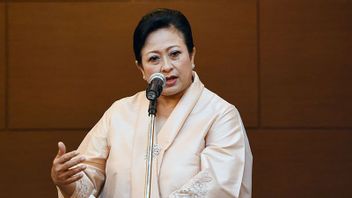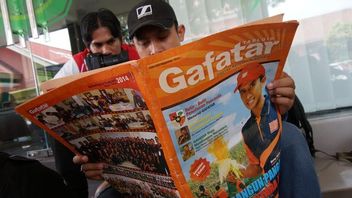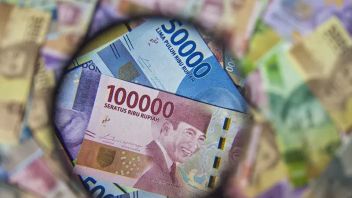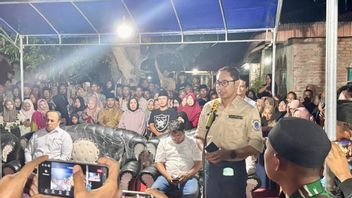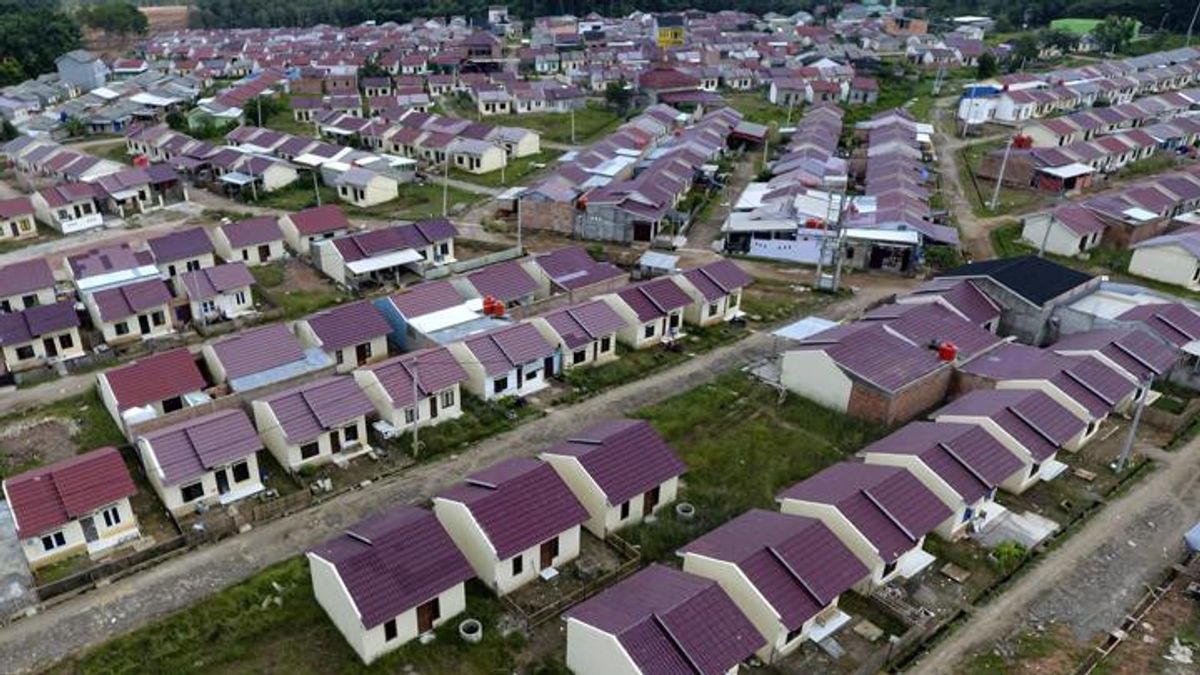
JAKARTA Trisakti University city planning observer, Nirwono Yoga highlighted the program to build three million houses owned by President Prabowo. An adequate transportation system must be one of the requirements for determining the location of residences in this program.
The construction of three million houses for class communities is one priority program promised by President Prabowo and Vice President Gibran Rakabuming Raka. This program aims to overcome the problem of home shortages which currently reach 12.7 million homes.
Through this program, the government will build one million houses in urban areas and two million houses in rural areas. The focus is on people with income below IDR 8 million per month, aka those in the low-income category (MBR).
Prabowo wants his citizens, whether they have a fixed income or not, to have their own place of residence.
Nirwono Yoga reminded Prabowo about the importance of access to transportation in the areas where the three million houses will be built. Meanwhile property consultant Anton Sitorus said the government must be realistic with this program.
City planning observer, Nirwono Yoga emphasized the importance of making a clear and detailed master plan before starting the project for the construction of three million housing units.
"The first step that must be taken by the Ministry of Housing and Settlement Areas is to draw up a master plan for the construction of three million houses. In the plan, two million units are planned in rural areas and one million in urban areas," said Nirwono.
"There needs to be a mapping of specific locations in various regions, such as Java, Sumatra, Kalimantan, Sulawesi, Papua, Nusa Tenggara, and Bali, so that housing needs in each region can be met," he added.
With clear location mapping, the central government, regions, and developers will find it easier to determine the location of the construction of houses that are in accordance with budget capacity and land availability in each region.
Without the master plan, said Nirwono, development will be difficult because the budget responsibility is not only at the center but also involves local governments and developers.
"For example, of the two million houses built in rural areas, it must be clear which areas in Java, Sumatra, Kalimantan, Papua, Sulawesi, Nusa Tenggara, or Bali will become construction sites. Likewise, for one million houses in urban areas, the specific areas must be mapped," he explained.
Another thing that is no less important that Prabowo must pay attention to is the issue of access to public transportation in this new residential area. Transportation, said Yoga, is a basic and mandatory need for each individual. Therefore, to become one of the success factors of the three million homes a year, integrated public transportation is needed.
"The location of the house does not show the origin of the land, but please pay attention to whether there is road infrastructure, whether it is connected to mass transportation, so that later residents can be encouraged to increase mass transportation," Nirwono said at a press conference in Jakarta, Thursday (23/1/2025).
The presence of integrated public transportation can be an excuse for people to want to live in the houses that will be built. On the other hand, if it is not integrated with public transportation, it can be ascertained that the houses built will not be inhabited by many residents.
"It must be reminded again that in this plan, the development of the three million units of housing must include the transportation system as one of the requirements for determining the location," he explained.
Meanwhile, property consultant Anton Sitoru is pessimistic that this program will be realized. He reflected on the experience of the Joko Widodo administration which has a program of one million housing units per year, but has recently failed to meet the target.
Anton even called this a far-fetched program.
The realization of the construction of one million houses per year in the Jokowi era was not fulfilled in the early days of the government. In 2015, for example, only 699,770 units were built, then in 2016 as many as 805,169 units, 2017 as many as 904,758 units.
Jokowi's program only met the target in 2018 with 1,132,621 units, 2019 1,257,852 units. However, in 2020, the number of buildings was 965,217 housing units. In 2021 1,105,707 units were built, 2022 1,117,491 units were built, while in 2023 1,217,794 units were built.
SEE ALSO:
Finally, from 2024 to the end of Jokowi's administration in October there were 947,485 units built.
"Instead of the government being tired of talking about three million, the three million are like slogans which may later become empty slogans. Yes, no need to be grandiose," said Anton.
In addition, Anton also brought up the program of 1000 simple flats owned (rusunami) during the era of President Susilo Bambang Yudhoyono. Reportedly, the project was stalled.
"The 1000 POWER program, 'to the sea', right," said Anton.
The English, Chinese, Japanese, Arabic, and French versions are automatically generated by the AI. So there may still be inaccuracies in translating, please always see Indonesian as our main language. (system supported by DigitalSiber.id)



